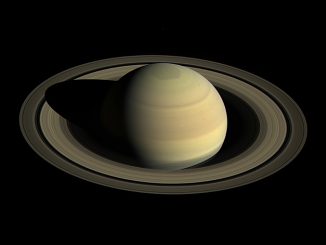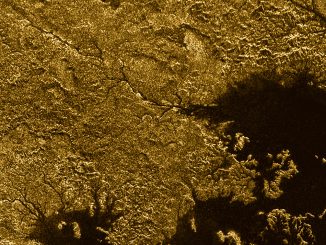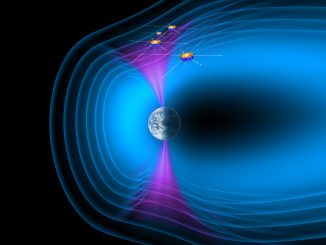
Cassini sees drifting summer clouds on Titan
NASA’s Cassini spacecraft watched clouds of methane moving across the far northern regions of Saturn’s largest moon, Titan, on 29 and 30 October 2016. Several sets of clouds develop, move over the surface and fade during the course of a movie sequence spanning 11 hours, with one frame taken every 20 minutes. These clouds are measured to move at a speed of about 14 to 22 miles per hour.









